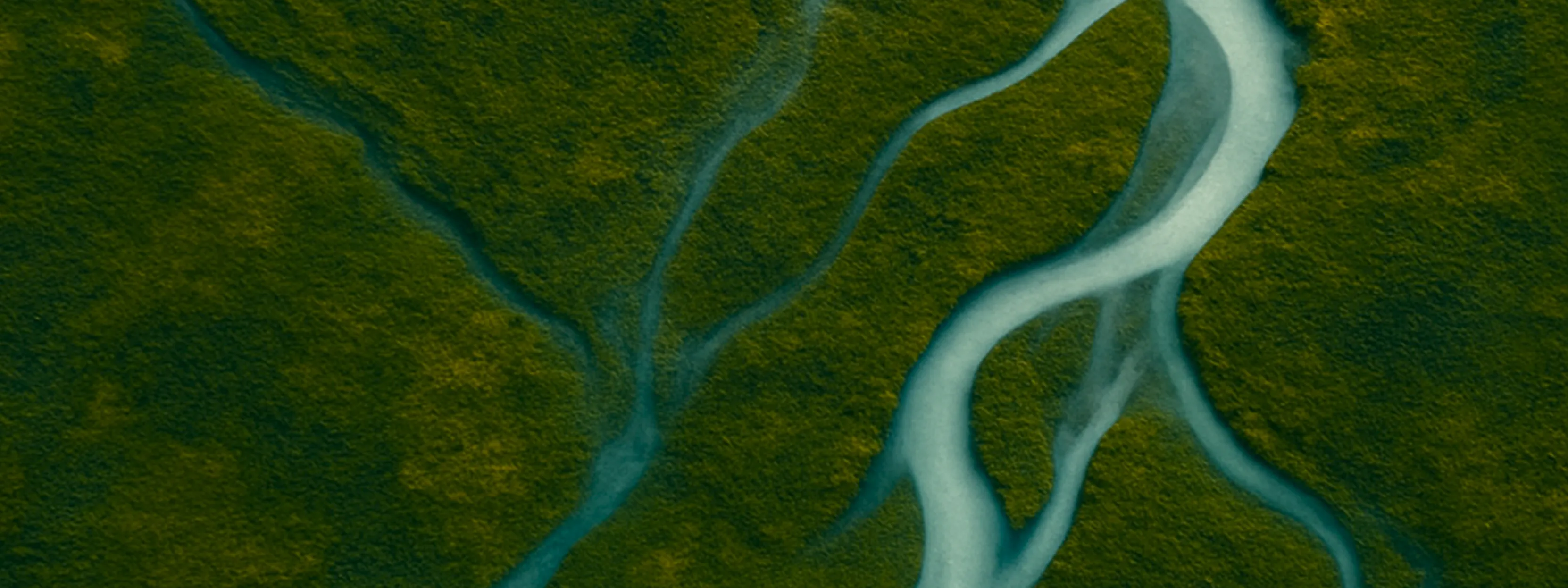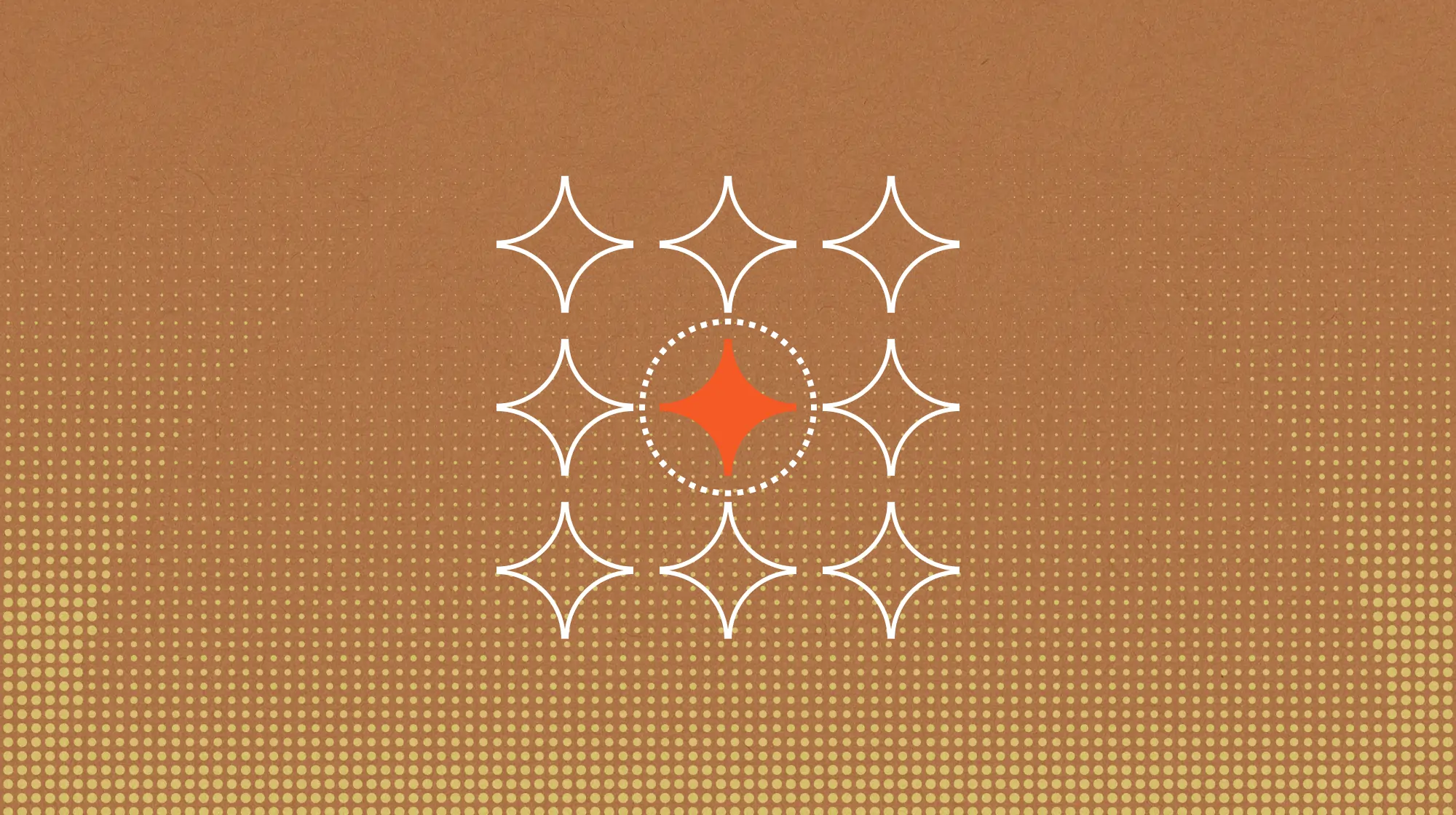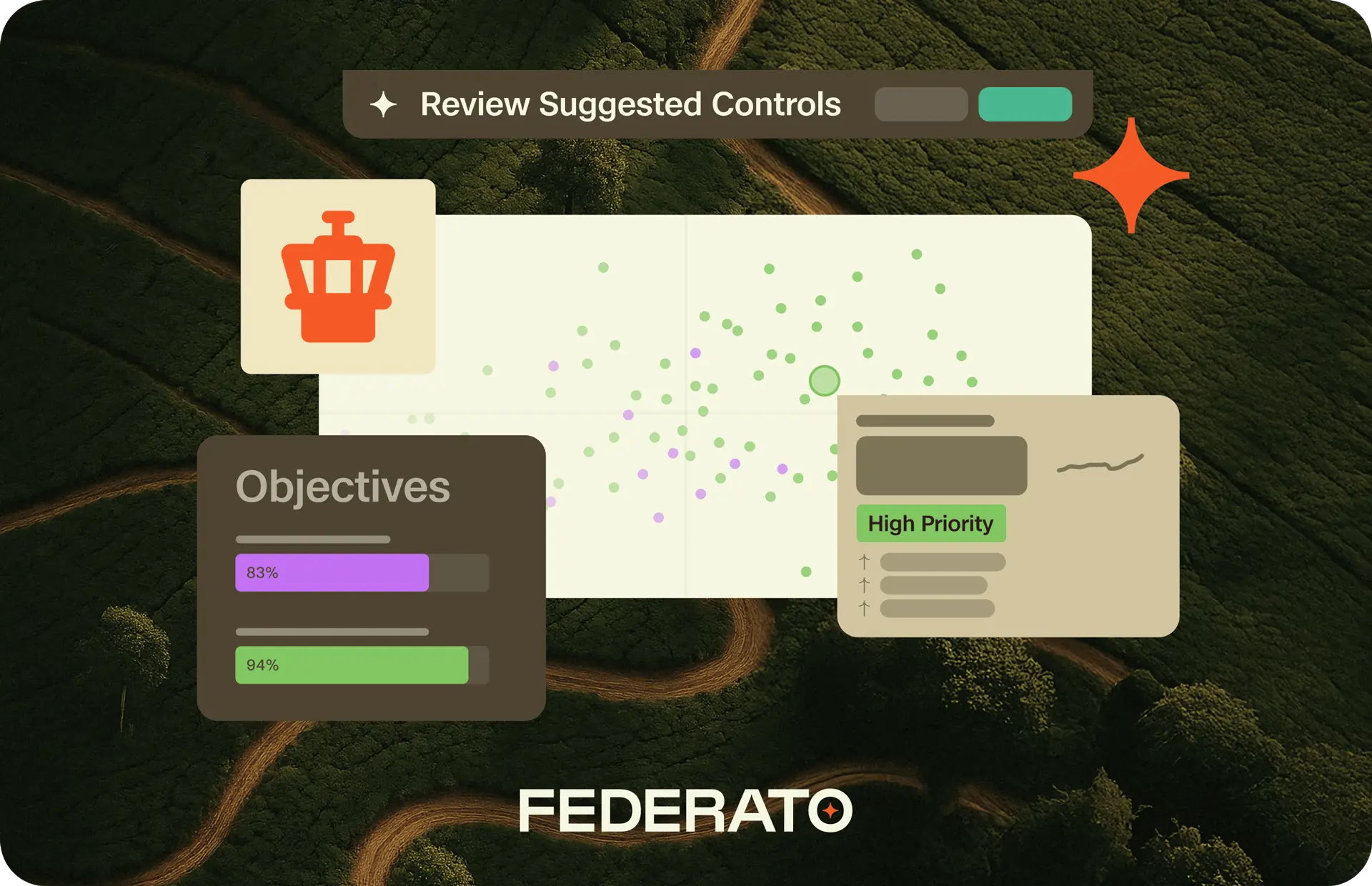Federato Blog
Featured resources
Thank you! Your submission has been received!
Oops! Something went wrong while submitting the form.

Video
Media
The Software Leaders Uncensored Podcast: William Steenbergen talks AI-native insurance and engineering at scale
December 23, 2025
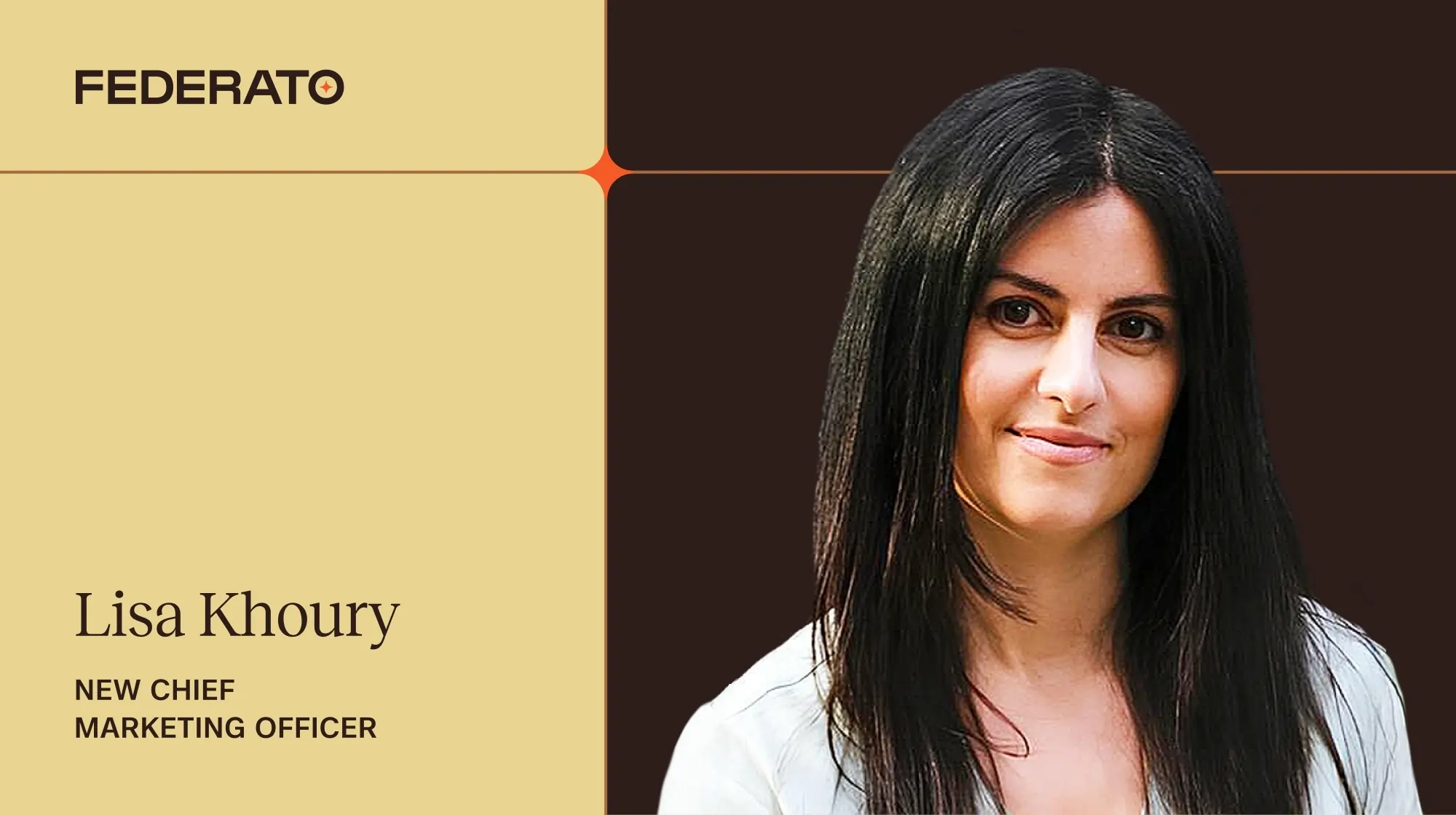
Video
Company News
Federato Appoints Lisa Khoury as Chief Marketing Officer to Accelerate AI-native Insurance Transformation
December 17, 2025

Video
Company News
Schema Sense: AI-native tooling that creates trusted data pipelines at unmatched speed
December 15, 2025

Video
Insurance
How carriers leverage portfolio visibility to align underwriting decisions with strategy
December 12, 2025
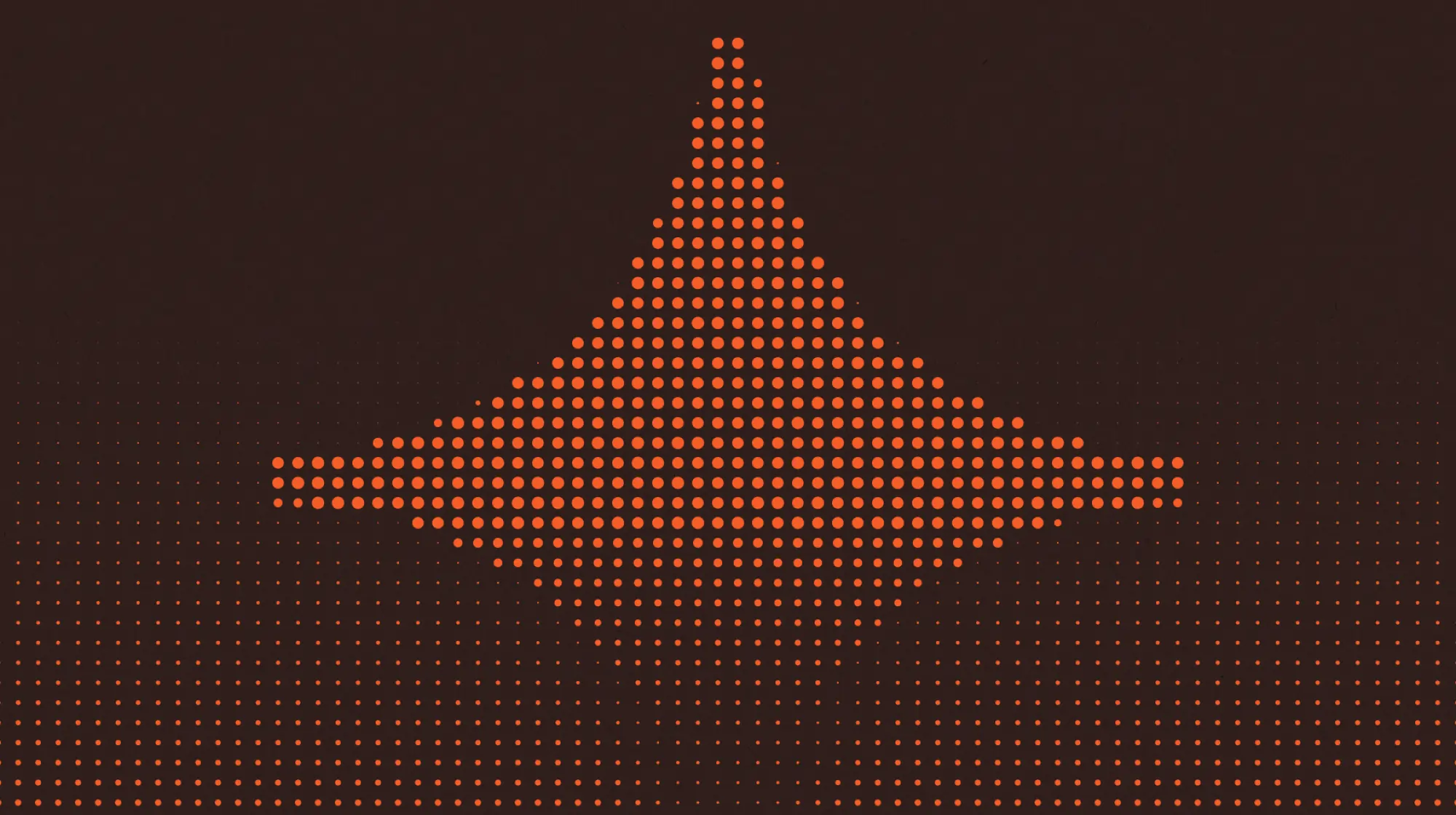
Video
Insurance
AI isn’t a feature—it’s a foundation: rethinking core insurance systems
December 5, 2025
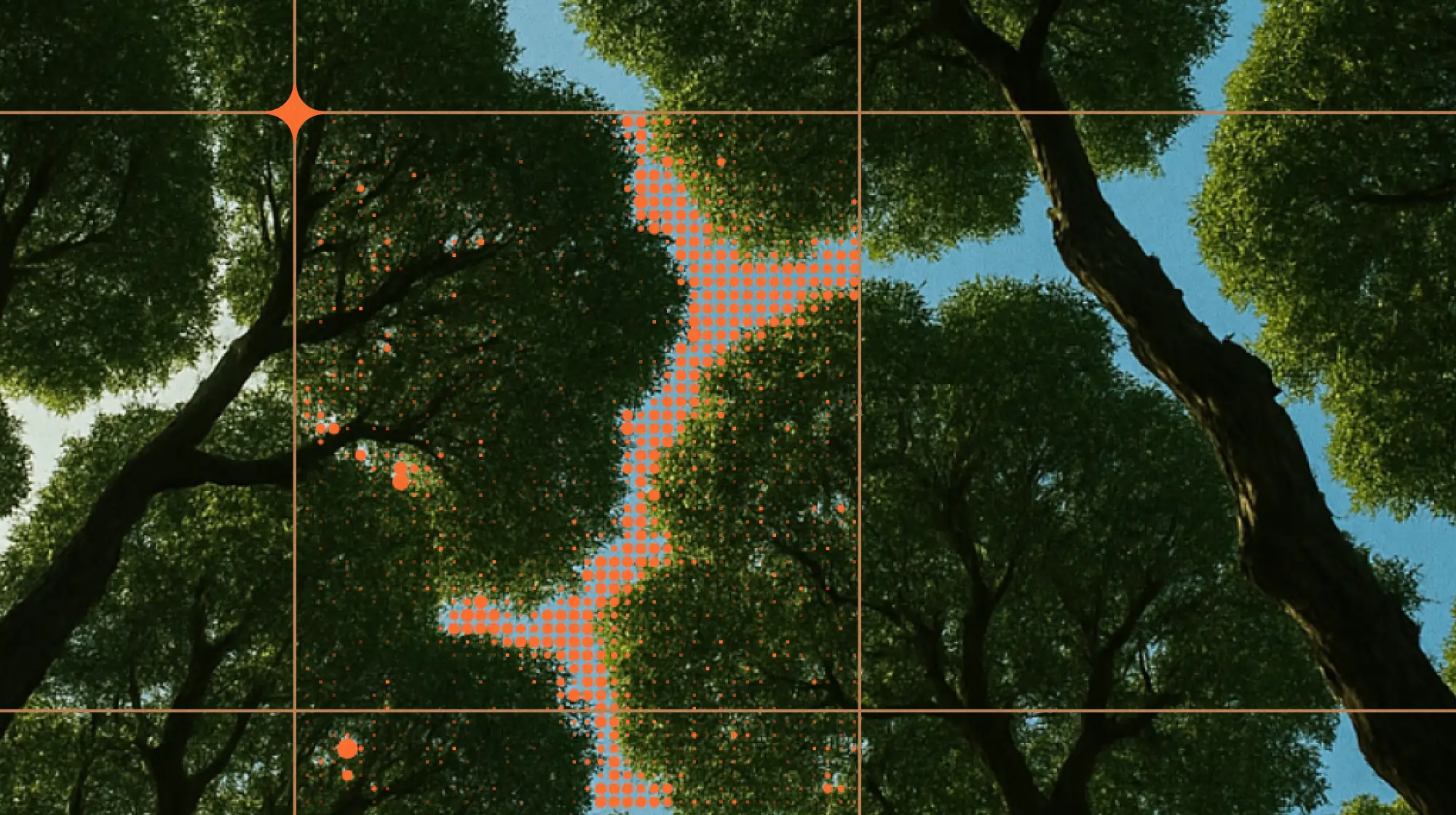
Video
Media
Federato Raises $100 Million Series D Led by Growth Equity at Goldman Sachs Alternatives
November 18, 2025

Video
Company News
What our $100 million Series D raise from Goldman Sachs unlocks for the insurance industry
November 18, 2025

Video
Insurance
Why provenance matters: trust as a foundational layer for agentic AI, submission triage, and beyond
November 11, 2025

Video
Media
PropertyCasualty360: The disappointments of bolted-together systems in insurance technology
November 10, 2025
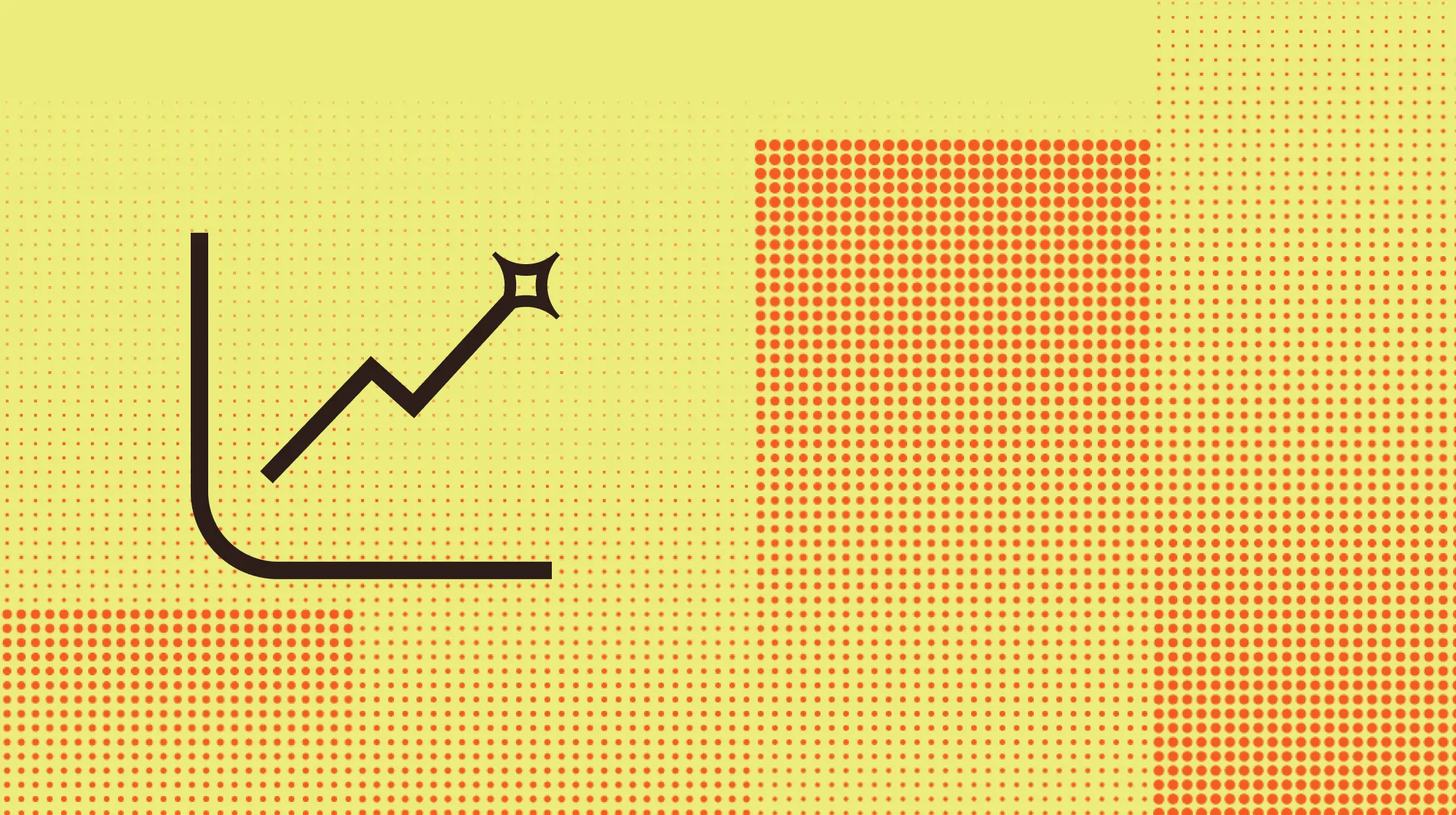
Video
Insurance
Avoid strategy drift: how real-time portfolio alignment drives better underwriting
November 7, 2025

Video
Media
Insurtech Insights: Federato launches the first enterprise-grade agentic AI for insurance
November 3, 2025

Video
Media
Carrier Management: Federato launches tech to tackle underwriter fears of falling behind
October 30, 2025

Video
Insurance
3 strategies insurers can use to attract the next generation of underwriters
October 24, 2025
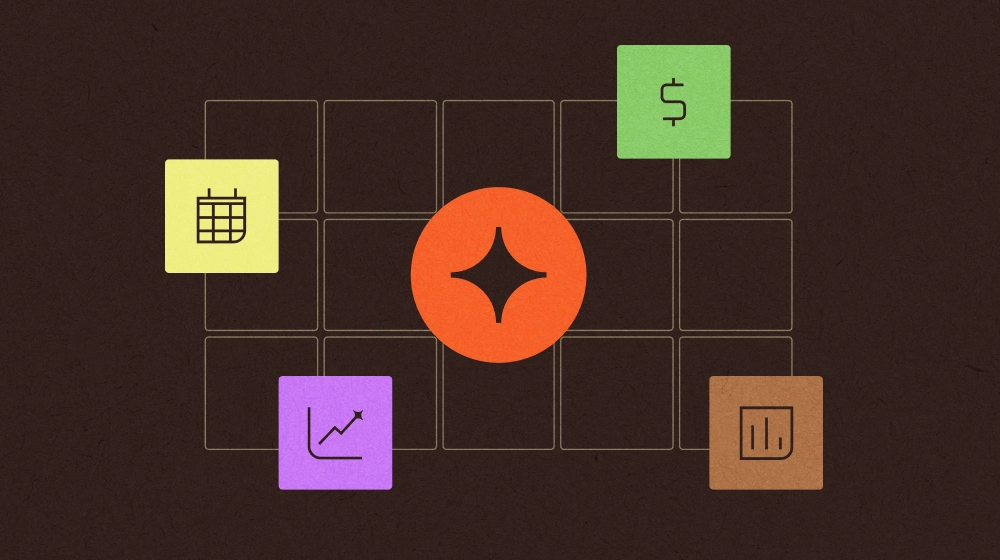
Video
Media
Insurance Innovation Reporter: Federato launches agentic AI platform for insurers
October 22, 2025
NO RESULT FOUND.
Ready to get started?
